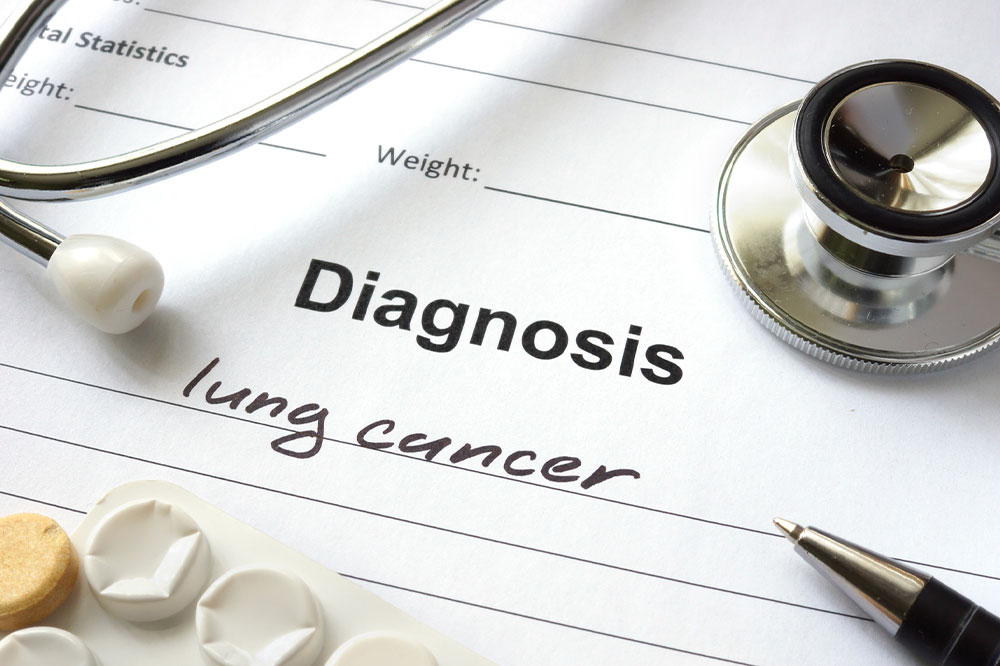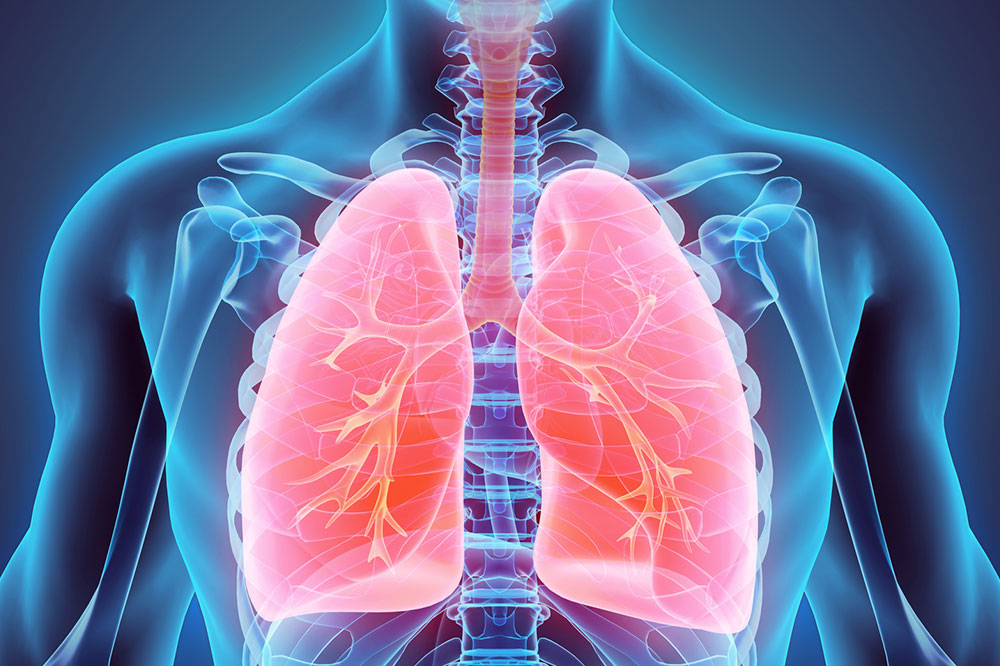Lung Cancer – Types, Causes, and Symptoms
Lungs are an important part of the body, particularly the respiratory system. They carry oxygen to various organs to improve their functions. Like any other body part, the lungs are also prone to diseases, especially conditions like cancer. Lung cancer is the most prevalent form of cancer across the world and can be of various types. Identifying the type of cancer at an early stage can help effectively manage the symptoms.

The human lungs are similar to sponges. Their main function is to inhale oxygen and exhale carbon dioxide. Lung cancer is caused by inhaling toxic or harmful air excessively. People who come into contact with harmful and toxic gases daily might be prone to the risk of lung cancer. This article mentions some of the important aspects of this type of cancer, including the types, causes, and symptoms.
Types of lung cancer
There are two major types of lung cancer. They are classified based on the appearance of lung cells detected at the time of diagnosis. The doctor decides the treatment options based on the severity and the type of lung cancer.
Small Cell Lung Cancer (SCLC)
This is an aggressive form of lung cancer that quickly progresses if not detected at an early stage. This type of cancer can be managed with effective treatment options like chemotherapy and radiation and immunotherapy.
Non-Small Cell Lung Cancer (NSCLC)
This term covers multiple lung-related cancers such as large cell carcinoma, squamous cell carcinoma, and adenocarcinoma. Shortness of breath and persistent cough are the primary lung cancer symptoms.
Causes of lung cancer
The exact cause of lung cancer is not known. However, there are some aspects that can increase a person’s risk of the condition. Constant exposure to radon or asbestos and having a family history of the disease are two primary risk factors. Working with materials like uranium, arsenic, cadmium, and nickel on a regular basis can also be a possible cause. In some cases, people have developed lung cancer without being exposed to any of the risk factors.
Radiation Therapy
If you were previously diagnosed with any other type of cancer or any other health condition for which you had to undergo radiation therapy, the risk of lung cancer automatically rises.
Exposure to Radon
The Radon gas, produced due to the breaking down of uranium in the water, rock, and soil, eventually adds to the air that is inhaled. If you reside in an area with unsafe radon levels, the chances of developing this lung disease increase.
Family history
If a person’s parents or siblings are diagnosed with lung cancer, they too might have to face it someday.
Exposure to carcinogens
Carcinogens such as asbestos and other substances that can cause cancer (arsenic, chromium, and nickel), if inhaled at your workplace or a nearby factory, pose a high risk of lung cancer.
Symptoms of Lung Cancer
A person with lung cancer might not experience any symptoms in the initial stages. However, as the condition advances, the lung cancer symptoms become visible. They tend to become severe when lung cancer reaches stage 4. Some of these include:
Persistent cough
Difficulty breathing
Severe headaches
Pain in the bones
Chest pain
Hoarseness
In addition to these symptoms, lung cancer can lead to certain complications in the body.
Shortness of breath
Cancer cells block major airways of the respiratory system. Also, fluid accumulates around the lungs, which prevents them from expanding while inhaling. This leads to shortness of breath.
Pain
In advanced stages, lung cancer can spread to other parts of the body like bones and the brain. This can result in symptoms like chest pain, nausea, or headaches. A person can also experience different lung cancer symptoms depending on the affected organ.
Coughing up blood
Cancer in the lungs can cause bleeding in the airways. Due to this, a lung cancer patient might cough up blood (hemoptysis).
Fluid in the chest
Excess fluid can get accumulated in the chest cavity (pleural space), which is surrounded by the lung. It is an indication that the cancer has spread to other parts of the body. It can also cause shortness of breath and pain in the chest.
Lung cancer metastasis
If untreated, lung cancer can metastasize and spread to other parts of the body, including the brain and the bone, causing cancer in those regions as well. Once spread, the condition becomes incurable, worsening the symptoms.
The survival rate of lung cancer is about 26%. Therefore, it is important to be safe rather than sorry. Focus on taking necessary precautions before it is too late. Stay active, follow a healthy meal plan, reduce the exposure to various pollutants and avoid habits that can affect lung health. In addition, breathing exercises and techniques can help improve lung functions.




